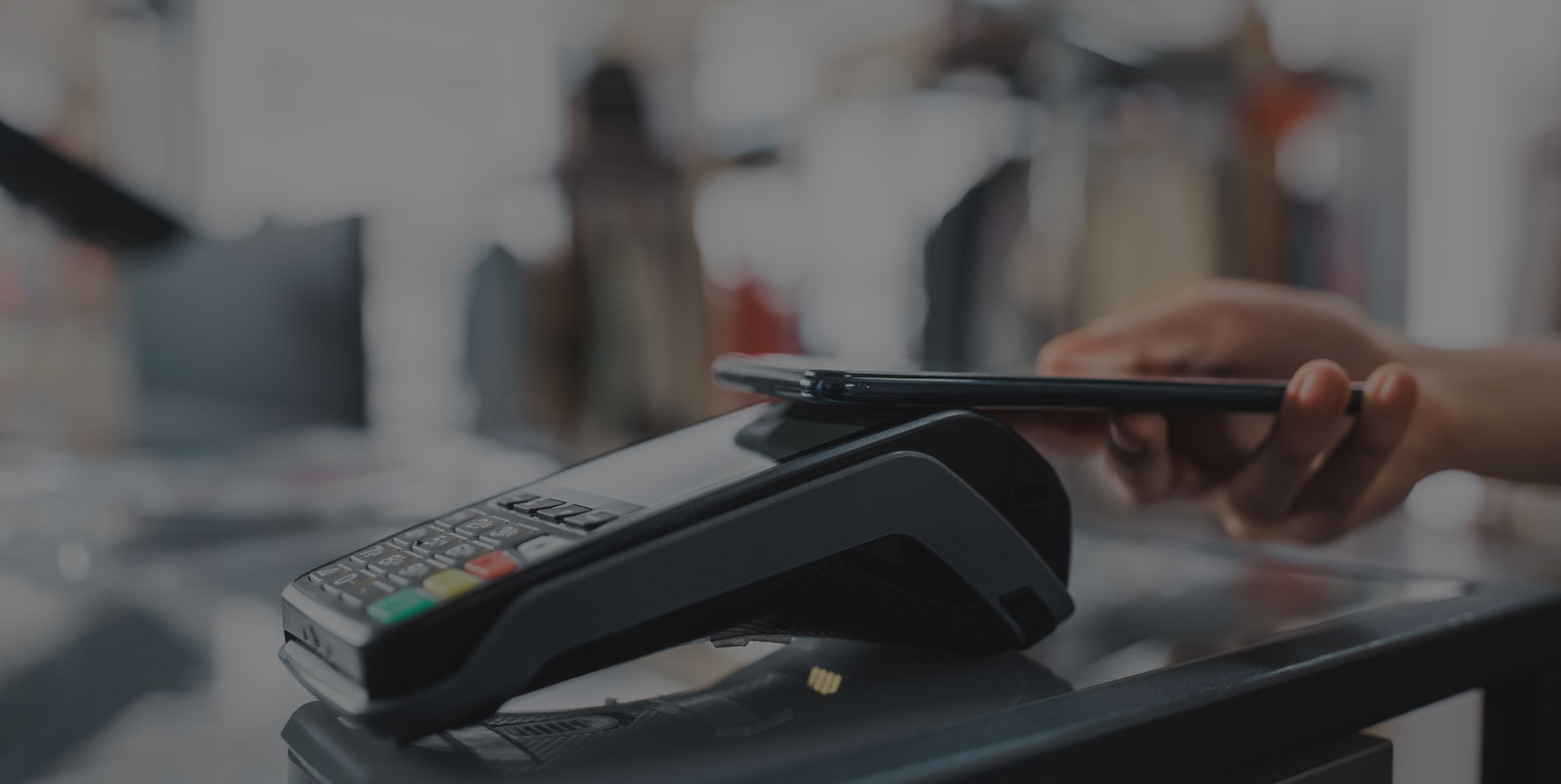
By Cindy Gardea January 12, 2025
ACH (Automated Clearing House) transactions have become an integral part of our modern financial system. These electronic transfers allow individuals and businesses to send and receive funds securely and efficiently. However, there may be instances when you need to trace an ACH transaction, whether it’s to resolve a dispute, track a payment, or simply gain a better understanding of the transaction process.
In this comprehensive guide, we will explore the ins and outs of tracing an ACH transaction, providing you with a step-by-step guide, common reasons for tracing, tools and resources available, legal considerations, and best practices for successful tracing.
Understanding the Basics of ACH Transactions

Before diving into the intricacies of tracing an ACH transaction, it is essential to have a solid understanding of the basics. ACH transactions are electronic transfers of funds between financial institutions, facilitated by the Automated Clearing House network. This network acts as a central clearinghouse, processing and settling transactions between participating banks and credit unions.
ACH transactions can be used for various purposes, including direct deposits, bill payments, business-to-business payments, and person-to-person transfers. These transactions are typically initiated by the sender through their financial institution, which then transmits the payment instructions to the recipient’s financial institution. The funds are then electronically transferred from the sender’s account to the recipient’s account.
Step-by-Step Guide to Tracing an ACH Transaction
Tracing an ACH transaction may seem like a daunting task, but with the right knowledge and resources, it can be a relatively straightforward process. Here is a step-by-step guide to help you navigate through the tracing process:
1. Gather transaction details: Start by collecting all relevant information about the ACH transaction you wish to trace. This includes the date of the transaction, the amount transferred, the sender’s and recipient’s names, and any reference numbers or payment IDs associated with the transaction.
2. Contact your financial institution: Reach out to your bank or credit union and inform them about your intention to trace the ACH transaction. Provide them with the transaction details you have gathered, and they will guide you through the next steps.
3. Initiate a formal request: Your financial institution will likely require you to submit a formal request to trace the ACH transaction. This request may need to be in writing and include specific details about the transaction. Follow your bank’s instructions and provide all necessary information accurately.
4. Allow time for investigation: Once your request is submitted, your financial institution will initiate an investigation to trace the ACH transaction. This process may take several days or even weeks, depending on the complexity of the case and the cooperation of other financial institutions involved.
5. Follow up with your financial institution: During the investigation period, it is crucial to maintain regular communication with your bank or credit union. Inquire about the progress of the tracing process and provide any additional information or documentation they may require.
6. Obtain the tracing results: Once the investigation is complete, your financial institution will provide you with the results of the ACH transaction trace. This may include information about the transaction’s origin, routing, and any intermediary banks involved. Review the results carefully and seek clarification if needed.
7. Take necessary action: Based on the tracing results, you can now take appropriate action. If the transaction was unauthorized or fraudulent, you may need to report it to your financial institution and local authorities. If there are any discrepancies or errors, work with your bank to rectify the situation.
8. Maintain documentation: Throughout the tracing process, it is essential to keep a record of all communication, documentation, and transaction details. This documentation will be valuable if you need to escalate the issue or provide evidence in the future.
9. Seek legal advice if necessary: In complex cases or situations involving significant financial losses, it may be prudent to seek legal advice. An attorney specializing in banking and finance can provide guidance and represent your interests throughout the tracing process.
10. Learn from the experience: Tracing an ACH transaction can be a learning experience. Take note of any lessons learned and implement measures to prevent similar issues in the future. This may include enhancing your financial security practices, reviewing transaction details more carefully, or seeking additional safeguards for your accounts.
Common Reasons for Tracing an ACH Transaction

There are several common reasons why individuals and businesses may need to trace an ACH transaction. Understanding these reasons can help you determine if tracing is necessary in your particular situation. Here are some of the most common scenarios:
1. Unauthorized transactions: If you notice an ACH transaction on your account that you did not authorize or recognize, it is crucial to trace the transaction to determine its origin and take appropriate action.
2. Disputed payments: In cases where you have a dispute with a merchant or service provider regarding a payment made via ACH, tracing the transaction can provide valuable information to resolve the dispute.
3. Payment tracking: Sometimes, you may need to track the progress of an ACH payment to ensure it reaches the intended recipient within a specific timeframe. Tracing the transaction can help you monitor its status and address any delays or issues.
4. Payment confirmation: If you are the recipient of an ACH payment and have not received the funds or are unsure about the transaction’s status, tracing can provide clarity and confirmation.
5. Error identification: ACH transactions can occasionally contain errors, such as incorrect amounts or incorrect recipient information. Tracing the transaction can help identify and rectify these errors promptly.
6. Fraud prevention: Tracing ACH transactions can also be a proactive measure to detect and prevent fraudulent activities. By monitoring your account and tracing suspicious transactions, you can take swift action to protect your finances and personal information.
Tools and Resources for Tracing ACH Transactions

Tracing an ACH transaction requires access to specific tools and resources that can provide the necessary information and support. Here are some of the key tools and resources available:
1. Online banking platforms: Most financial institutions offer online banking platforms that allow customers to access their account information, transaction history, and initiate requests for tracing ACH transactions. These platforms often provide real-time updates and notifications regarding the status of transactions.
2. Customer service representatives: Contacting your bank’s customer service department can be an effective way to initiate a trace request and obtain guidance throughout the process. Customer service representatives are trained to handle such inquiries and can provide valuable assistance.
3. Transaction records and statements: Your bank statements and transaction records can serve as valuable resources when tracing an ACH transaction. These documents contain essential details about the transaction, including dates, amounts, and recipient information.
4. ACH network operators: The ACH network operators, such as the Federal Reserve or The Clearing House, can provide assistance in tracing ACH transactions. They have access to comprehensive transaction data and can help facilitate the tracing process.
5. Payment processors and intermediaries: In some cases, ACH transactions may involve payment processors or intermediaries. These entities can provide insights into the transaction flow and assist in tracing the payment.
6. Third-party ACH tracing services: There are also third-party services available that specialize in ACH tracing. These services can help streamline the tracing process, provide additional resources, and offer expert guidance.
Exploring the Role of Banks and Financial Institutions in ACH Tracing

Banks and financial institutions play a crucial role in facilitating and supporting the tracing of ACH transactions. As the primary participants in the ACH network, they have access to the necessary tools, resources, and expertise to assist customers in tracing transactions. Here are some key aspects of their role:
1. Transaction monitoring: Banks and financial institutions continuously monitor ACH transactions to detect any suspicious or unauthorized activities. They employ sophisticated fraud detection systems and algorithms to identify potential risks and take appropriate action.
2. Customer support: Banks provide customer support services to assist customers in tracing ACH transactions. This includes guiding customers through the tracing process, answering inquiries, and providing updates on the progress of the investigation.
3. Investigation and resolution: When a customer initiates a trace request, banks conduct thorough investigations to trace the ACH transaction. They collaborate with other financial institutions involved in the transaction and leverage their network connections to gather relevant information.
4. Compliance with regulations: Banks and financial institutions must comply with various regulations and guidelines related to ACH transactions. This includes adhering to the rules set by the National Automated Clearing House Association (NACHA) and implementing robust security measures to protect customer information.
5. Reporting and documentation: Throughout the tracing process, banks maintain detailed records and documentation of the investigation. This documentation is essential for compliance purposes and can also serve as evidence in case of disputes or legal proceedings.
Legal Considerations and Privacy Issues in ACH Tracing
Tracing ACH transactions involves legal considerations and privacy issues that must be taken into account. While the specifics may vary depending on the jurisdiction and applicable laws, here are some general aspects to consider:
1. Consent and authorization: ACH transactions require the consent and authorization of the account holder initiating the transaction. Unauthorized access or use of someone’s account information for tracing purposes may violate privacy laws and regulations.
2. Data protection and confidentiality: Banks and financial institutions are bound by strict data protection and confidentiality obligations. They must handle customer information securely and ensure that it is not disclosed to unauthorized parties during the tracing process.
3. Compliance with regulations: Banks must comply with various regulations governing ACH transactions, such as the Electronic Funds Transfer Act (EFTA) and the Gramm-Leach-Bliley Act (GLBA). These regulations aim to protect consumer rights, prevent fraud, and safeguard personal information.
4. Law enforcement involvement: In cases involving suspected fraud or criminal activities, banks may involve law enforcement agencies to assist in the tracing process. This collaboration ensures that appropriate legal measures are taken to address the situation.
5. Jurisdictional considerations: ACH transactions can involve multiple jurisdictions, each with its own set of laws and regulations. When tracing transactions across borders, it is essential to understand the legal framework and jurisdictional limitations that may apply.
Tips and Best Practices for Successful ACH Tracing
Tracing an ACH transaction can be a complex process, but following these tips and best practices can increase your chances of success:
1. Act promptly: If you suspect an unauthorized or fraudulent ACH transaction, act promptly. The sooner you notify your financial institution and initiate the tracing process, the better your chances of recovering funds or preventing further losses.
2. Keep accurate records: Maintain accurate records of all ACH transactions, including dates, amounts, and recipient information. These records will be invaluable when initiating a trace request and providing supporting documentation.
3. Review transaction details carefully: Before initiating an ACH transaction, review the details carefully to ensure accuracy. Double-check recipient information, payment amounts, and any reference numbers or payment IDs to minimize the risk of errors.
4. Secure your account information: Protect your account information and login credentials to prevent unauthorized access. Use strong passwords, enable multi-factor authentication, and be cautious when sharing sensitive information online or over the phone.
5. Regularly monitor your accounts: Regularly review your account statements and transaction history to identify any suspicious or unauthorized activities. Promptly report any discrepancies to your financial institution.
6. Stay informed about fraud trends: Stay updated on the latest fraud trends and scams targeting ACH transactions. Awareness of common tactics used by fraudsters can help you identify potential risks and take preventive measures.
7. Educate yourself about ACH processes: Familiarize yourself with the ACH processes and terminology to better understand the tracing process. This knowledge will enable you to communicate effectively with your financial institution and navigate the tracing process more efficiently.
8. Seek professional assistance if needed: In complex cases or situations involving significant financial losses, consider seeking professional assistance. An attorney specializing in banking and finance can provide expert guidance and represent your interests throughout the tracing process.
Frequently Asked Questions about Tracing ACH Transactions
Q1. Can I trace an ACH transaction online?
Yes, many financial institutions offer online banking platforms that allow customers to initiate trace requests and monitor the progress of the tracing process.
Q2. How long does it take to trace an ACH transaction?
The duration of the tracing process can vary depending on the complexity of the case and the cooperation of other financial institutions involved. It may take several days or even weeks to obtain the tracing results.
Q3. Can I trace an ACH transaction if I am not the account holder?
Generally, only the account holder or an authorized representative can initiate a trace request. If you are not the account holder, you may need to provide appropriate documentation or power of attorney to initiate the tracing process.
Q4. What should I do if the tracing results are inconclusive?
If the tracing results are inconclusive or do not provide a satisfactory resolution, consult with your financial institution to explore alternative options. They may be able to provide further guidance or escalate the issue for further investigation.
Q5. Can I prevent unauthorized ACH transactions from occurring?
While it is not possible to completely eliminate the risk of unauthorized ACH transactions, you can take preventive measures to minimize the likelihood. This includes securing your account information, monitoring your accounts regularly, and promptly reporting any suspicious activities to your financial institution.
Conclusion
Tracing an ACH transaction can be a complex process, but with the right knowledge and resources, it is possible to navigate through it successfully. By understanding the basics of ACH transactions, following a step-by-step guide, and utilizing the available tools and resources, you can trace ACH transactions effectively.
It is essential to be aware of common reasons for tracing, legal considerations, and best practices to ensure a smooth and successful tracing process. By staying informed, taking prompt action, and maintaining good financial security practices, you can protect yourself and your finances in the world of ACH transactions.
